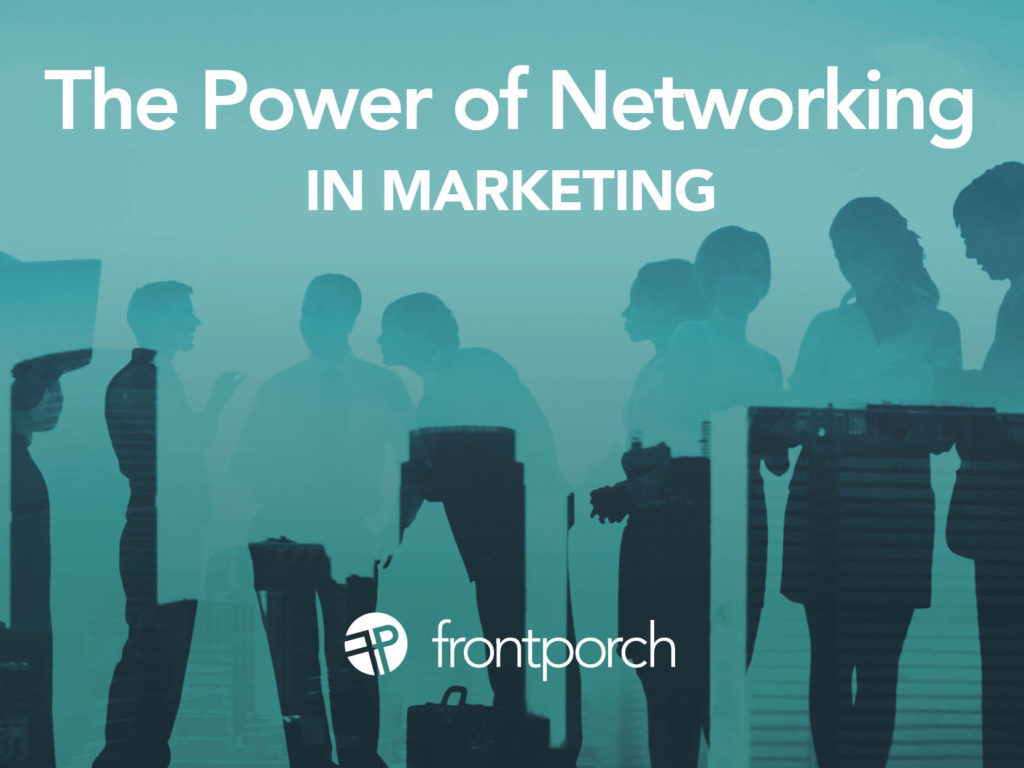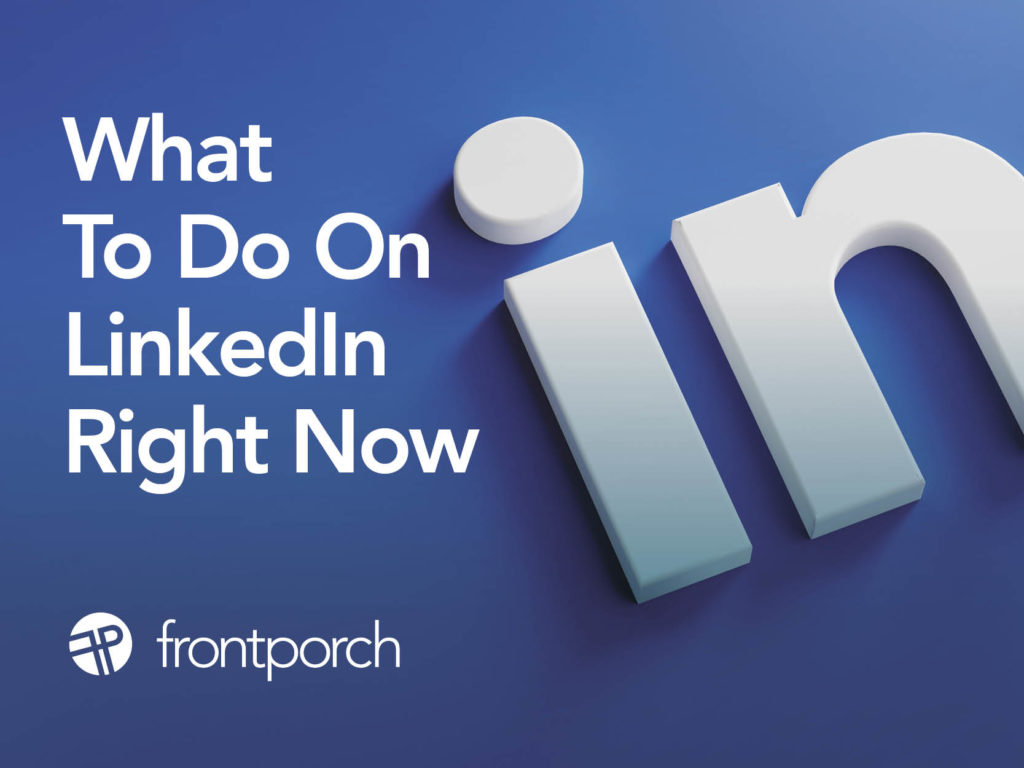
Networking is perhaps an undervalued, but critically important aspect of marketing. In the world of marketing, staying ahead of trends, understanding emerging technologies, and leveraging innovative strategies are immensely important. However, amidst the whirlwind of digital campaigns, content creation, and market analysis, one fundamental aspect remains critically vital: networking. This week, as some of our team is attending the Marketing 2.0 Conference, let’s delve into the significance of networking within our industry, particularly through conferences and conventions.
Networking is a Gateway to Opportunities
Networking serves as a gateway to a multitude of opportunities; including partnerships, client leads, mentorship, and the exchange of ideas. More often than not, who you know can be as important as what you know. Creating meaningful connections can catapult your career and business to new heights.
The Value of Face-to-Face Interactions
While social media and digital platforms offer convenient ways to connect, they cannot always replicate the value of face-to-face interactions. Conferences and conventions provide a unique environment for marketers to engage in real-time conversations, offering a depth of communication that virtual encounters cannot match. The exchange of ideas, the use of body language and the immediate feedback of in-person discussions enrich the networking experience and can foster stronger, more meaningful connections.
Networking Means Learning from the Best
Attending conferences and conventions exposes you to impressive leaders and innovators in the marketing world. Keynote speeches, classes, and panel discussions provide exceptional insights and knowledge, highlighting cutting-edge trends that have yet to become mainstream. These learning opportunities not only inspire but also equip you with fresh ideas and approaches that can be applied to your own business.
A Platform for Visibility
Participating in these events offers an invaluable platform to raise your personal or brand’s visibility within the industry. Presenting a paper, leading a workshop, or simply engaging in discussions can position you as a thought leader. In turn this can open doors to media coverage, speaking opportunities, and collaborations. The exposure gained can significantly enhance your reputation and credibility among peers and potential clients.
The Ripple Effect of Sharing
One of the most underrated aspects of networking at conferences is the ripple effect it creates. Sharing your own experiences, challenges, and success stories not only contributes to the collective knowledge but also helps in creating meaningful connections. This mutual exchange fosters a sense of community and support within the industry.
Looking Ahead
As our team prepares to immerse ourselves in the upcoming Marketing 2.0 Conference, the focus extends beyond just attending. It’s about actively participating, engaging with new faces, and absorbing every bit of knowledge and insight available. The importance of networking in marketing cannot be overstated, and conferences and conventions represent a place for nurturing connections that could shape the future of your business.



